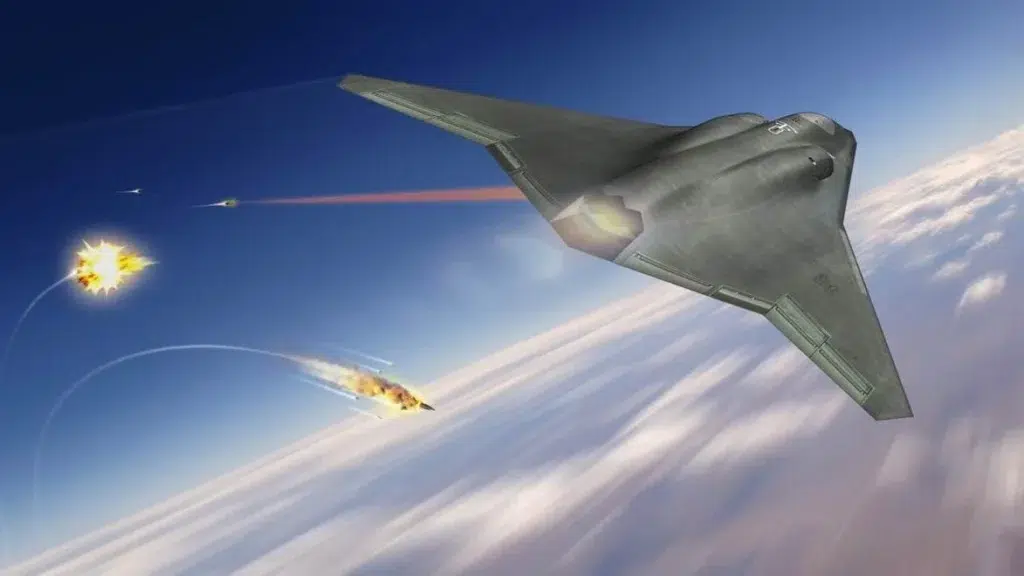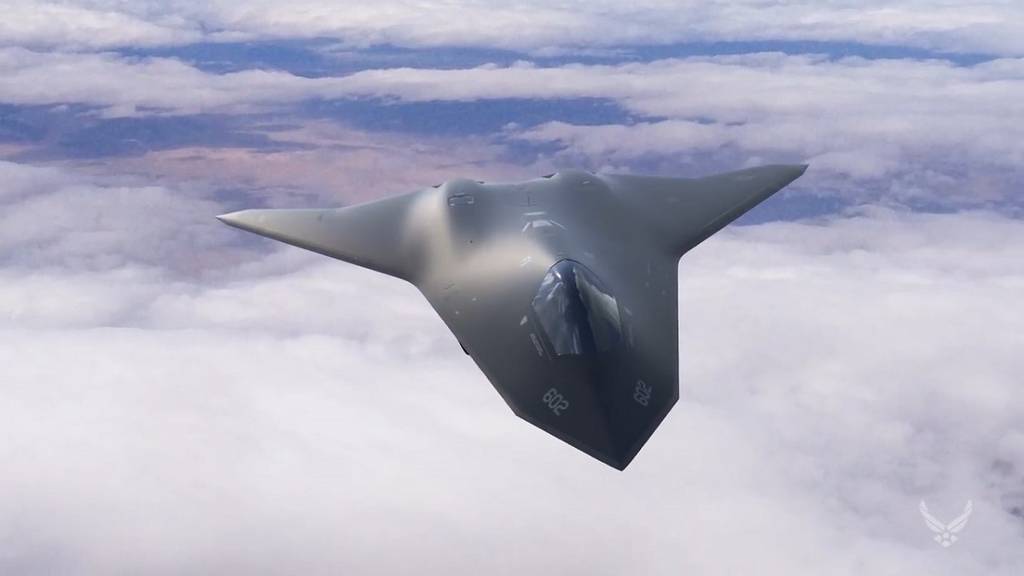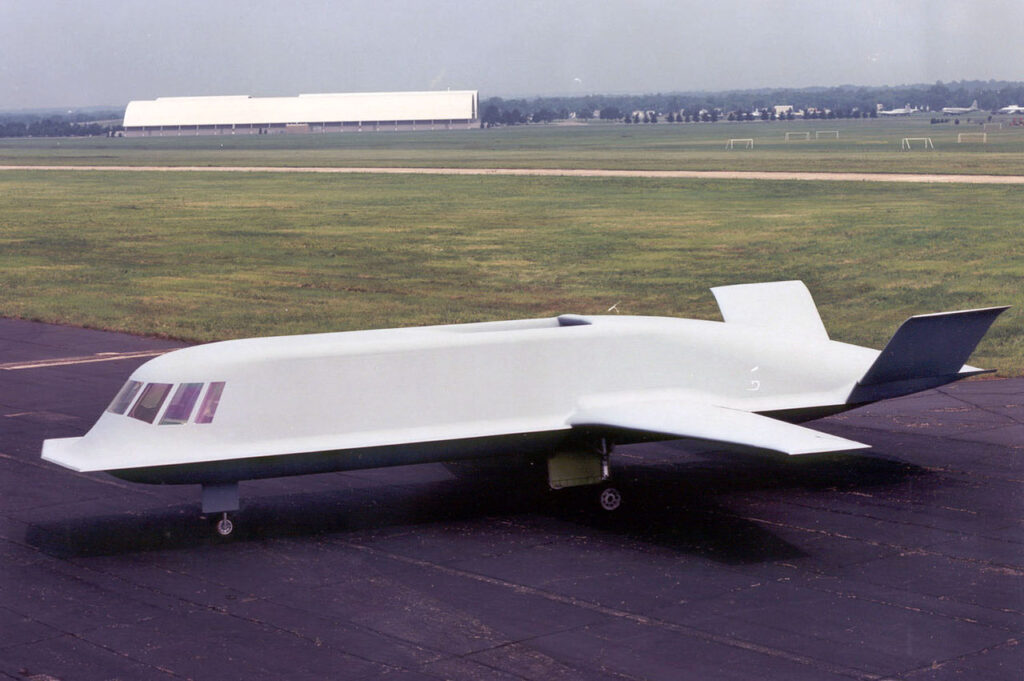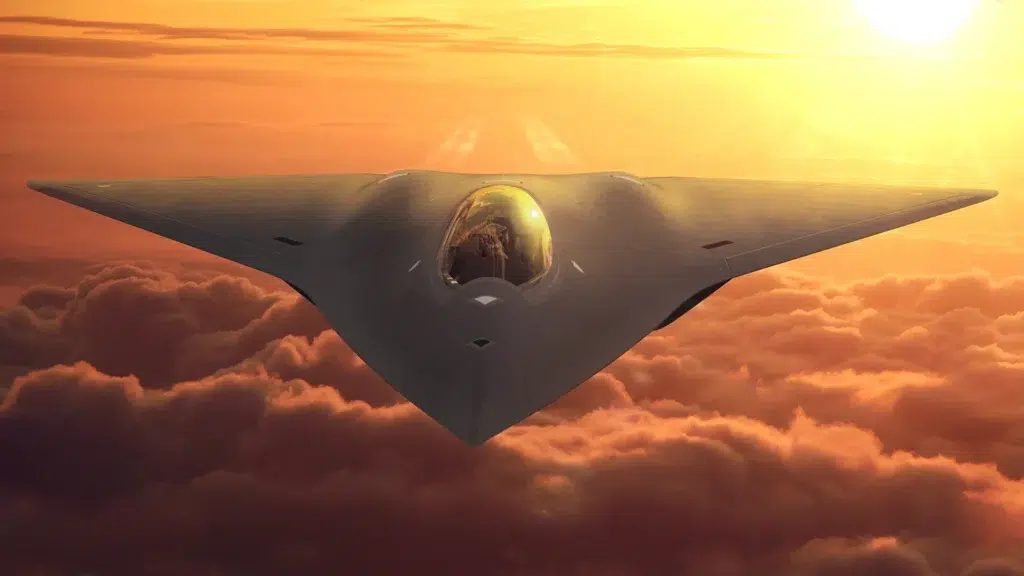America’s new stealth fighter being developed within the Air Force’s Next Generation Air Dominance (NGAD) program actually began as a highly classified X-Plane effort that ultimately produced multiple prototypes. These secret aircraft cost nearly a billion dollars to produce and demonstrated seemingly never-before-seen combat capabilities that prompted the Air Force to kickstart the program that now aims to field a replacement for the air superiority-focused F-22 Raptor.
These revelations emerged this week, in remarks delivered by Air Force Secretary Frank Kendall at the POLITICO Defense Summit. And while Kendall didn’t offer much in the way of details, his comments did point toward answers for some longstanding questions about the new fighter.
X-Plane is the moniker the U.S. military gives to groundbreaking experimental aircraft that are meant to demonstrate as-yet unfielded new technologies. Previous X-Planes include the first crewed hypersonic aircraft in the X-15, scramjet-powered technology demonstrators like the X-43 and X-51, and the first supersonic vertical-landing stealth aircraft in the X-32 and X-35.
The Dominance Initiative

The Next Generation Air Dominance Program in progress today can trace its roots back to a 2014 study commissioned by Kendall – then the undersecretary of defense for acquisition, technology, and logistics – and other senior Pentagon officials. This study, entitled The Dominance Initiative, was carried out by the Defense Advanced Research Projects Agency (DARPA) over the course of the following “year or so,” Kendall explained.
The DARPA study, which has not been revealed to the public, recommended that the next air superiority fighter program should not produce a single platform, but rather the “family of systems” that has come to define NGAD in official statements over the past few years. Rather than fielding one supremely capable new crewed fighter, DARPA recommended multiple aircraft flying in direct coordination with one another.
Related: The race to field NGAD, the futuristic replacement for the F-22, is officially on
Why the Air Force and Navy both have NGAD programs fielding different fighters

As a result of this study, the Pentagon secretly launched the aptly named Next Generation Air Dominance X-plane program, with a budget Kendall described as “about $1 billion.” These costs were divided between DARPA, the U.S. Air Force, and the U.S. Navy.
This sheds some light on the confusion surrounding the Next Generation Air Dominance program in recent years, as it’s not only the name of the Air Force’s new air superiority fighter in development, but also the overarching program title for the Navy’s new fighter, commonly referred to as F/A-XX. Both the Air Force and Navy have been clear that, despite these programs sharing the NGAD moniker, they are not attempting to field another joint-service aircraft like the F-35.
The assumption many of us made about this confusing name-game was that both branches were aiming to field different overall designs that shared a number of modular systems in common – which to be clear, is likely still the case. But now that we know that the technologies to be leveraged in these new “6th generation” fighters were proven during the Next Generation Air Dominance X-Plane program that saw equal investment from each of the two branches, the reasoning behind the shared name becomes quite a bit clearer.
Related: Why America’s new NGAD fighter could be a bargain, even at $300 million per jet
The NGAD technology demonstrator that already flew was an X-Plane prototype

In 2020, former Air Force acquisition official Will Roper made headlines around the world when he revealed that a technology demonstrator related to the NGAD program had already flown with meaningful success.
“We’ve already built and flown a full-scale flight demonstrator in the real world, and we broke records in doing it,” Roper told Defense News at the Air Force Association’s Air, Space and Cyber Conference. “We are ready to go and build the next-generation aircraft in a way that has never happened before.”
Neither Roper nor any other Defense officials have since offered any details regarding which records were broken, but the common assumption among defense analysts was that Roper was referring to a technology demonstrator, rather than a fighter prototype.
Technology demonstrators are aircraft designed to demonstrate specific technologies, but are not necessarily meant to reflect the actual platform those technologies are ultimately meant for.
Tacit Blue is one high-profile example of a technology demonstrator that led to an aircraft that looked nothing like it. The duck-billed Tacit Blue played a vital role in Northrop’s development of the flying-wing B-2 Spirit, though you’d be hard-pressed to find a family resemblance.

However, we now know that the NGAD X-Plane program “produced some prototypes that were successful in demonstrating the technologies we need,” as Kendall put it — and it was likely those prototypes Roper was referring to in his statement.
The Air Force’s Next Generation Air Dominance program is expected to make a contract decision in the coming year, with the Collaborative Combat Aircraft (CCA) program aimed at fielding the new fighter’s AI-enabled drone wingmen slated to begin as soon as the 2024 Defense budget has been passed.
Read more from Sandboxx News
- Ukraine and the US are mixing weapon systems that weren’t built to play together to up Kyiv’s defenses, and apparently they work
- The only foreign jet ever to lock onto the Blackbird (came to its rescue)
- Is the future African?
- If you’re a veteran, stop thinking that Veterans Day is all about you
- Another one bites the dust: Ukrainian long-range strikes take out another Russian warship


